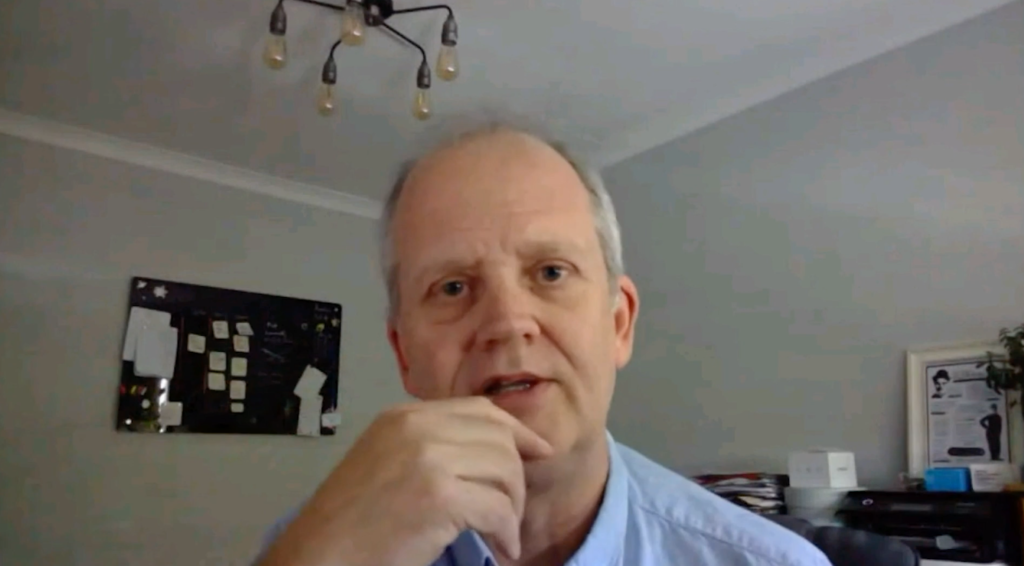![How to make an effective PSA Video [Examples] 1 PSA Video - How to plan, shoot and edit](https://shootsta.com/wp-content/uploads/2023/12/PSA-Blog-image-1024x626.jpeg)
Creating an effective announcement video involves captivating your audience, driving engagement, and prompting action for meaningful impact. In this blog, we’ll discuss PSA videos, their advantages, content suggestions, and tips for crafting an impactful PSA video.
Contents:
What is a PSA video?
Public service announcement (PSA) videos are short, educational, and made to create awareness or change attitudes / behaviour on issues in the public interest e.g. by governments or not-for-profit organisations. These PSA videos vary depending on the objective, target audience and key message, and use formats like traditional announcements through to narrative videos, songs and even animations — or a combination.
What the benefits of PSA videos?
Drive Action
PSA videos with a strong call to action can motivate viewers to make a move.
Evoke Emotion
Narrative-driven videos evoke emotions, often through drama or shock, to drive change.
Far Reaching
PSA videos are typically short, about 30-60 seconds, which allows you to communication clearly and concisely.
Targeted Reach
Today, thanks to the internet and social media, you can target smaller, specific audience groups.
PSA Video Ideas & Examples
When brainstorming ideas for public service announcement videos, consider your goal, target audience, and message. Determine which type of video would resonate best with your audience, considering what you want to convey and the desired action. In recent times, popular choices have included announcements, narrative videos, and songs.
Announcement video
Announcement videos are the foundation of a classic PSA campaign: typically, a series of ‘piece to camera’ and / or voiceover videos that communicate information to the masses.
Narrative video
The PSA narrative video is usually reserved for issues serious in nature e.g. smoking, motor safety etc. These videos use techniques like interviews, dramatised / re-enacted scenes, montages and footage of true events, in ways that are designed to cut through apathy and promote real change.
Song video
If we’re talking PSA videos specific to COVID-19, there’s no question — Vietnam is the hands-down winner. Their National Institute of Occupational Safety and Health not only managed to rework a V-pop hit song into a public service announcement video (which then went viral thanks to a dance challenge on Tik Tok), but also paired it with awesome animations. Who said PSA videos had to be boring?
How to make a PSA video
Pre-Production
Planning is everything. Ensure you follow each step of this process carefully to keep your project focused.
01
Set Your Goal
Define the purpose of your PSA video, whether it’s raising awareness or changing perceptions.
02
Know Your Audience
Understand who your video is for and adapt your message to their preferences.
03
Craft Your Message
Convey a clear, simple message and one action you want viewers to take.
04
Define CTA and KPI
Decide the call to action (CTA) you want viewers to follow and the key performance indicator (KPI) to measure success.
05
Research
Use recent, accurate facts and statistics to back your message and build trust.
06
Script and Storyboard
Write a concise script with 3-5 key points. Plan visuals to enhance understanding. Storyboarding helps visualize shots. Remember, your PSA video aims to communicate effectively and prompt action.
Production
For more detail on the production phase of the project, read our comprehensive guide on how to shoot professional video.
01
Gear Setup
A stable setup is crucial. Ensure your equipment, whether it’s Shootsta’s comprehensive kit or your own collection, is ready and reliable. Stability in your shots will enhance the professional quality of your video.
02
Set up your shot
Pay attention to the composition. Ensure your subject is well-placed within the frame, adhering to principles like the rule of thirds for a visually appealing shot. The backdrop and subject positioning should work harmoniously to tell your story.
03
Record your video
Convey a clear, simple message and one action you want viewers to take.
Post-Production
The final step in your videography journey is editing, where your footage transforms into a coherent, engaging story.
01
Edit Your PSA
For Shootsta clients, you’re all set! Need editing help? Contact us through the form below for video production assistance.
02
Share Your Video
With your video complete, share it on social media, through email, or at events, giving it broad exposure. Tag partners like celebrities or influencers if you collaborated with them.
03
Learn from Feedback
After your video goes public, use listening tools to gauge reactions. Are people responding positively? Are they getting your message? Pay attention to their actions, and adjust your approach if necessary.
Need a Partner to Create Your AMAZING Videos?
Shootsta empowers businesses to bring their video content ideas to life, guiding them through each step of the pre-production, production and post-production process.
Explore Shootsta’s Video Solutions: From providing a custom-built camera kit for capturing high-quality footage to offering a team of dedicated editors, Shootsta ensures businesses have everything they need to craft compelling videos, no matter where they are in their video journey.
Harness the Power of Video: With a focus on creating videos that don’t just inform but deeply resonate with target audiences, Shootsta is a one-stop solution for businesses aiming to maximise the impact of their video content.
Contact us today to learn more!


